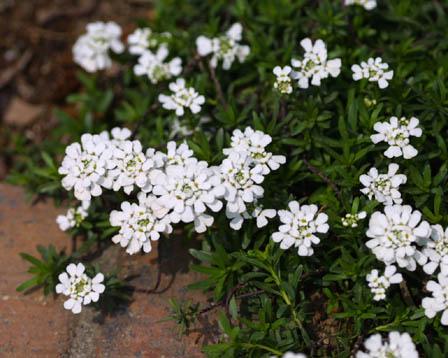Spread Floral Joy!
Elevate someone's day with a beautifully crafted flower bouquet fresh from our farms.
SHOP NOW
Cyber Monday Deals! Save 20% on our Holiday Collection, use code Cyber2025 at checkout.* Save 15% on Subscriptions, use code Holiday2025 at checkout^
Elevate someone's day with a beautifully crafted flower bouquet fresh from our farms.
SHOP NOW